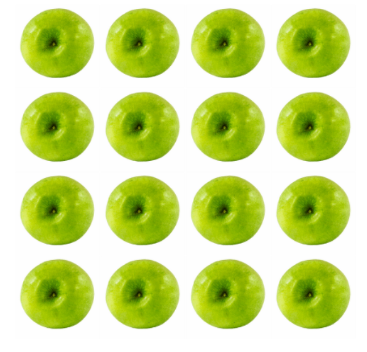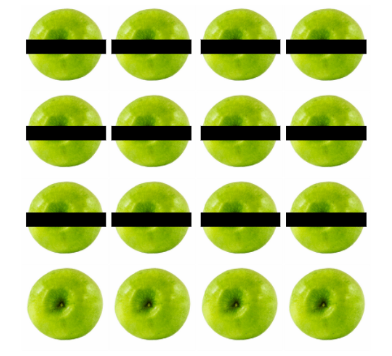Fractions and Decimals Class 7 Extra Questions and Answers Free PDF Download
FAQs on CBSE Important Questions for Class 7 Maths Fractions and Decimals - 2025-26
1. Do I need to practise all the questions provided in Chapter 2 of Class 7 Maths?
Practising all the questions provided in NCERT Solutions of Chapter 2 of Class 7 Maths ensures clear concepts and understanding of the applications of the various methods in solving the sums. Fractions and Decimals is a short chapter with a fair weightage in the exam. Hence, it is essential to grasp all the topics covered in this chapter to be well prepared and for better learning, regular practice is extremely important.
2. How many questions are there in NCERT Solutions Chapter 2 of Class 7 Maths?
Chapter 2 of Class 7 Maths has a total of six exercises with 42 questions. These questions are divided unevenly based on different methods for multiplication and division of fractions and decimals. Long questions have multiple steps that the students need to ensure are correct because each step holds some marks in the examinations. It is suggested that you make a habit of rechecking the solution while at the learning stage so you make fewer errors.
3. Where can I find ‘Important Questions’ for Chapter 2 of Class 7 Maths?
Vedantu provides you with important questions PDF free of cost. These questions include all the methods by which you can solve all the problems given in this particular chapter. You can also download the PDF of important questions, notes and other study materials from Vedantu website and mobile app. The important questions are the best way to prepare if you are running short on time since they cover all the fundamental topics and formulas.
4. How are ‘Important Questions’ for Chapter 2 of Class 7 Maths helpful?
Solving the important questions establishes basic clarity on the application for each type of problem in the chapter. It helps you revise better around the exams so you do not miss out on any kind of question that may be vital with respect to the exam. In case you are late in starting your preparation you can easily solve the important question to cover the majority of the course in a short span of time.
5. How should I prepare Chapter-Fractions and Decimals for Class 7 Maths?
Fractions and decimals in Class 7 is a relatively simple chapter. You should focus on learning the methods used in solving the questions. The chapter helps you revise the addition and subtraction of fractions and decimals and further introduces multiplication and division of the same. Practising all problems is the easiest way to prepare the chapter. Right before the exams is a time crunch for the students so, these important questions come in handy at the time.
6. Are solutions provided for these important questions?
Yes, detailed solutions accompany each question to help students understand the methods used to arrive at the answers.
7. What types of questions can I expect in this chapter?
You can expect various types of questions, including operations with fractions and decimals, word problems, and applications in real-life scenarios.
8. How often should I practise these important questions?
Regular practice is recommended, ideally several times a week, to strengthen your understanding and retention of the concepts.
9. Is there a strategy for effectively solving these questions?
Carefully read each question, identify the required operations, break down the problem, and refer to the solutions for guidance when needed.
10. Are these questions sufficient for my exam preparation?
While these questions provide a strong foundation, it’s also important to review the entire chapter and other resources for comprehensive preparation.
11. Will I find word problems among the important questions?
Yes, the set includes word problems that help students apply their knowledge of fractions and decimals to real-world situations.
12. Can I study these questions in a group?
Absolutely! Studying in groups can facilitate discussion, clarification of doubts, and a deeper understanding of the material.
13. How can I track my progress while practising these questions?
Keep a record of the questions you have completed and note any difficulties you encounter, allowing you to focus on those areas during revision.


























